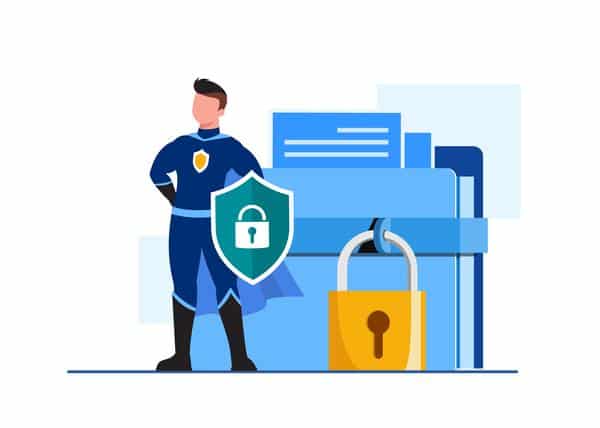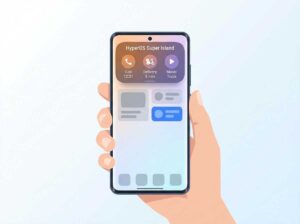It’s no secret that QR codes have become a staple in our digital lives. From bus tickets to airport check-ins and even government documents, these strange shapes are everywhere.
But while they may be ubiquitous, are QR codes safe? Well, that all depends on how you use them.
In this article, we’ll explore the ins and outs of QR codes, from how they work to their security risks. So read on to learn all you need to know about these puzzling patterns.

Table of Contents
What are QR codes?
QR codes, short for “Quick Response” codes, are two-dimensional barcodes that can be used to store information. They’re made up of small black and white squares arranged in a pattern, and they can be read with a scanner or smartphone camera.
QR codes were first developed in 1994 by Japanese automotive company Denso Wave for use in their warehouses. They quickly became popular and have since been used for a variety of purposes, from tracking inventory to marketing campaigns. According to a study on QR codes, the number of QR code scans rapidly increased in the last couple of years, and they are primarily used in Asia, with China being a world leader in their usage.
They’re now commonly seen on product packaging, business cards, signs, and even t-shirts. They can store text, URLs, or other data and are a great way to make information easily accessible to anyone with a smartphone.
The actual process of a QR code is fairly simple. All you need is a smartphone, a built-in camera, and an app that can read the QR code. When the QR code is scanned, it’ll take you to a specific website which could be an article, video, or other content that the person wanted to share with you.

More on TechInDeep:
Security Concerns Surrounding QR Codes
While QR codes offer convenience, their growing popularity has attracted the attention of cybercriminals seeking to exploit vulnerabilities.
Here are some of the security concerns associated with QR codes:
Malicious QR Codes:
Cybercriminals can create counterfeit QR codes that, when scanned, direct users to malicious websites or trigger malware downloads. These malicious codes may attempt to steal sensitive information or gain unauthorized access to users’ devices.
Phishing Attacks:
QR codes can be used to facilitate phishing attacks, where unsuspecting users are directed to fraudulent websites that mimic legitimate platforms. This can lead to compromised personal data, financial loss, or identity theft.
Data Interception:
QR codes can contain embedded links or text that, when scanned, prompt users to share sensitive information without their knowledge. This data can be intercepted by attackers, jeopardizing privacy and security.
Physical Tampering:
QR codes can be manipulated by placing stickers or overlays, redirecting users to unintended destinations. This can lead to unintended consequences, such as visiting malicious websites or sharing personal information unknowingly.
Counterfeit Products:
Counterfeit products may feature QR codes that redirect users to false websites or provide misleading information. This can harm consumer trust, compromise product authenticity, and result in financial losses.
Conclusion:
QR codes have become an integral part of our modern lives, offering convenient access to a plethora of information and services. However, the increasing reliance on QR codes also necessitates a closer look at their security implications.
While security concerns exist, users can mitigate risks by staying vigilant and scanning codes from trusted sources. By understanding the potential risks and taking appropriate precautions, individuals and businesses can continue to enjoy the benefits that QR codes bring to our digital world.








MAKECOMMENT